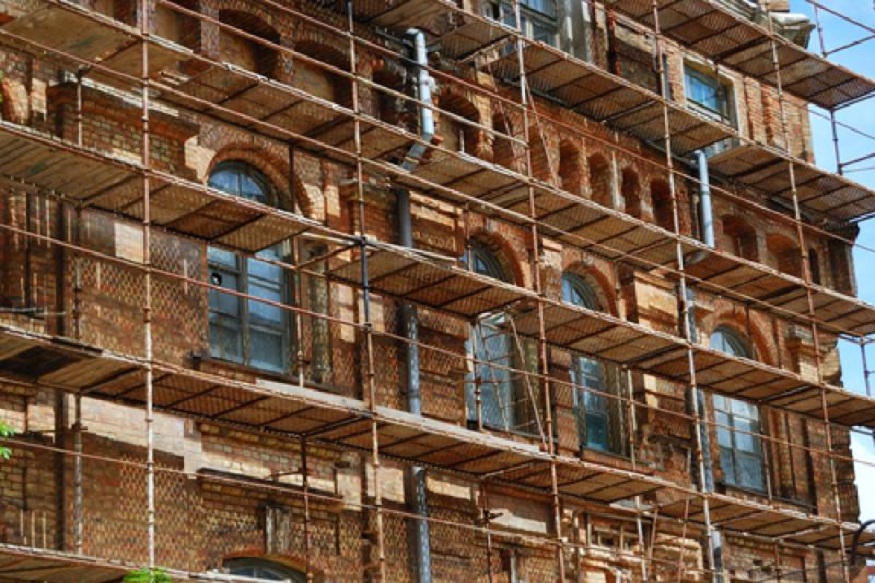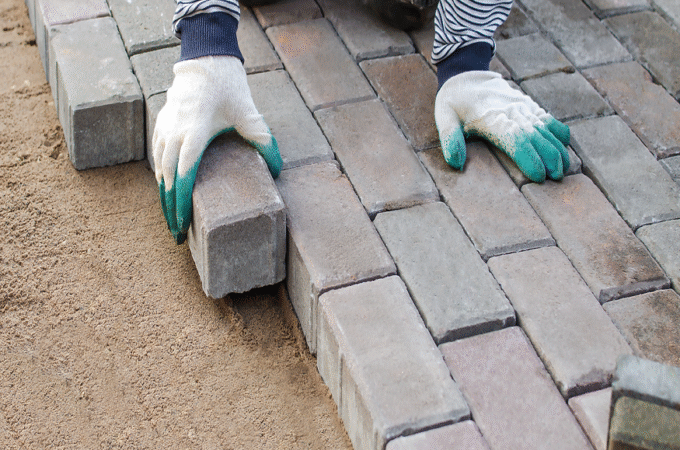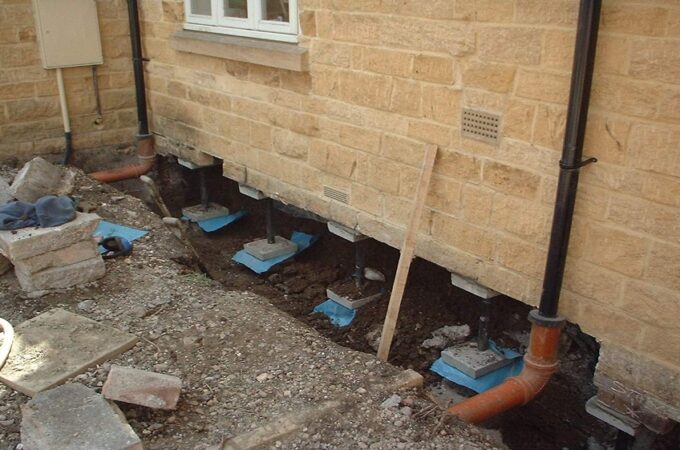
Why Heritage Building Restoration is Essential for Preserving History
Heritage buildings function as concrete historical artifacts which present both architectural feats and cultural and historical stories from past times. The built structures surpass conventional brick and mortar construction because they chronicle distinct characteristics from communities alongside construction techniques alongside social change. Time, environmental influences and insufficient attention to buildings frequently endanger their preservation state. Heritage building restoration maintains significant importance in safeguarding notable landmarks that belong to future human generations. The significance of preserving heritage structures requires analysis because it generates positive effects through society and culture and economics.
Preserving Cultural and Historical Identity
Every historic building possesses a special narrative which tells the story of its time of construction. The various period structures which include churches and theatres and colonial homes unite communities through their presence by retaining their original form. Restoration activities serve as necessary protection to prevent cities from discarding their structural diversity in addition to cultural depth while they replace historic edifices with contemporary and standard-built structures.
Building restoration protects the unique characteristics which makes these structures important historical testimonies from the past. Preserved buildings showcase their former craftsmanship as well as architectural genius to current generations who can experience the historical legacy within these structures.
Maintaining Architectural Integrity and Craftsmanship
The construction of heritage buildings employed techniques along with materials which have become scarce in present-day construction practices. The previous artisans exposed their expertise through elaborate stone carvings and handcrafted woodwork and stained-glass window craftsmanship. The reduction of craft techniques during mass production presents challenges for preservation since these methods proved unattainable. Expert restoration practices allow skilled specialists to protect ornate details so they strengthen the basic structural components of heritage buildings. Specialist conservationists together with restoration experts apply traditional building practices to combine traditional handiwork techniques with present-day preservation procedures.
Boosting Local Economy and Tourism
Heritage building restoration not only preserves history, but also triggers economic growth. Most municipalities all over the world are finding the value of historic locations as tourist attractions. Individuals are drawn towards areas with a strong cultural heritage, and well-conserved historic sites are favorite tourist attractions. These tourists generate income for local business such as restaurants, hotels, and business stores, and subsequently create employment opportunities. Furthermore, restoration initiatives create employment for skilled workers, including architects, historians, masons, and carpenters. Heritage conservation investment also enhances local economic growth and community involvement and pride.
Promoting Sustainability and Reducing Environmental Impacts
Demolishing a historic building for development generates a lot of waste and involves a huge demand for new materials. Restoring and repurposing historic buildings, on the other hand, is a more sustainable approach. Adaptive reuse—reusing old buildings for a different purpose—removes demand for new materials and landfill waste. Heritage restoration also makes for greater energy efficiency. Older buildings tend to have natural ventilation, solid walls for insulation, and passive heat and cool measures that reduce reliance on energy-guzzling modern systems. With upgrading with sustainable materials and technology, they can continue performing well and retain their historic value.
The preservation of heritage protects important past architectural components for generations that will exist in the future. Individuals together with official schemes and private donations and charitable organizations should restore our architectural heritage as this duty serves the needs of society as a whole.





